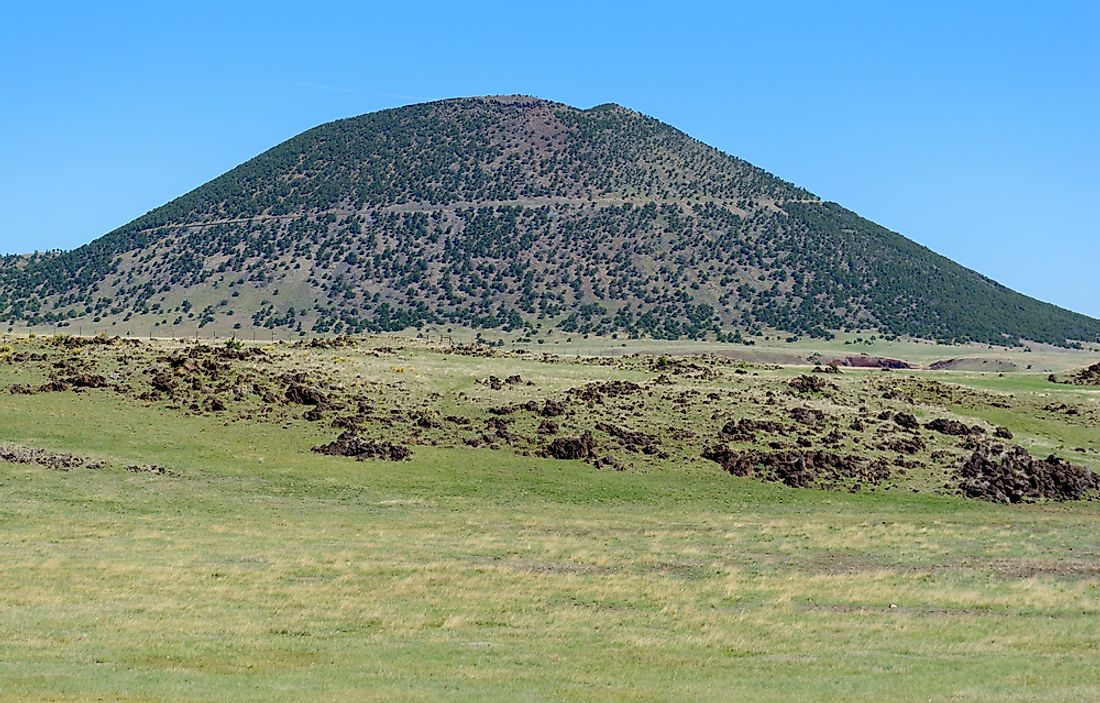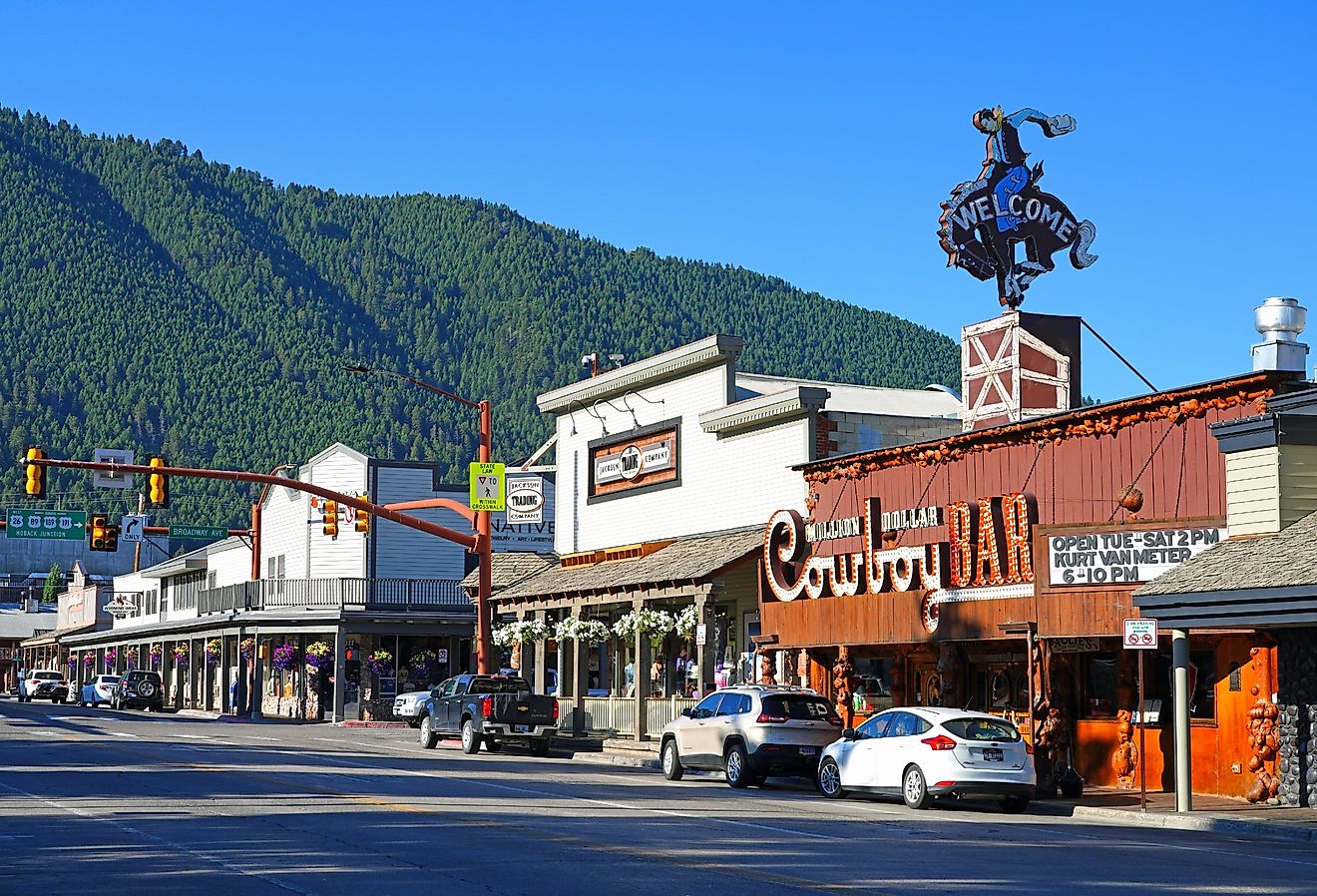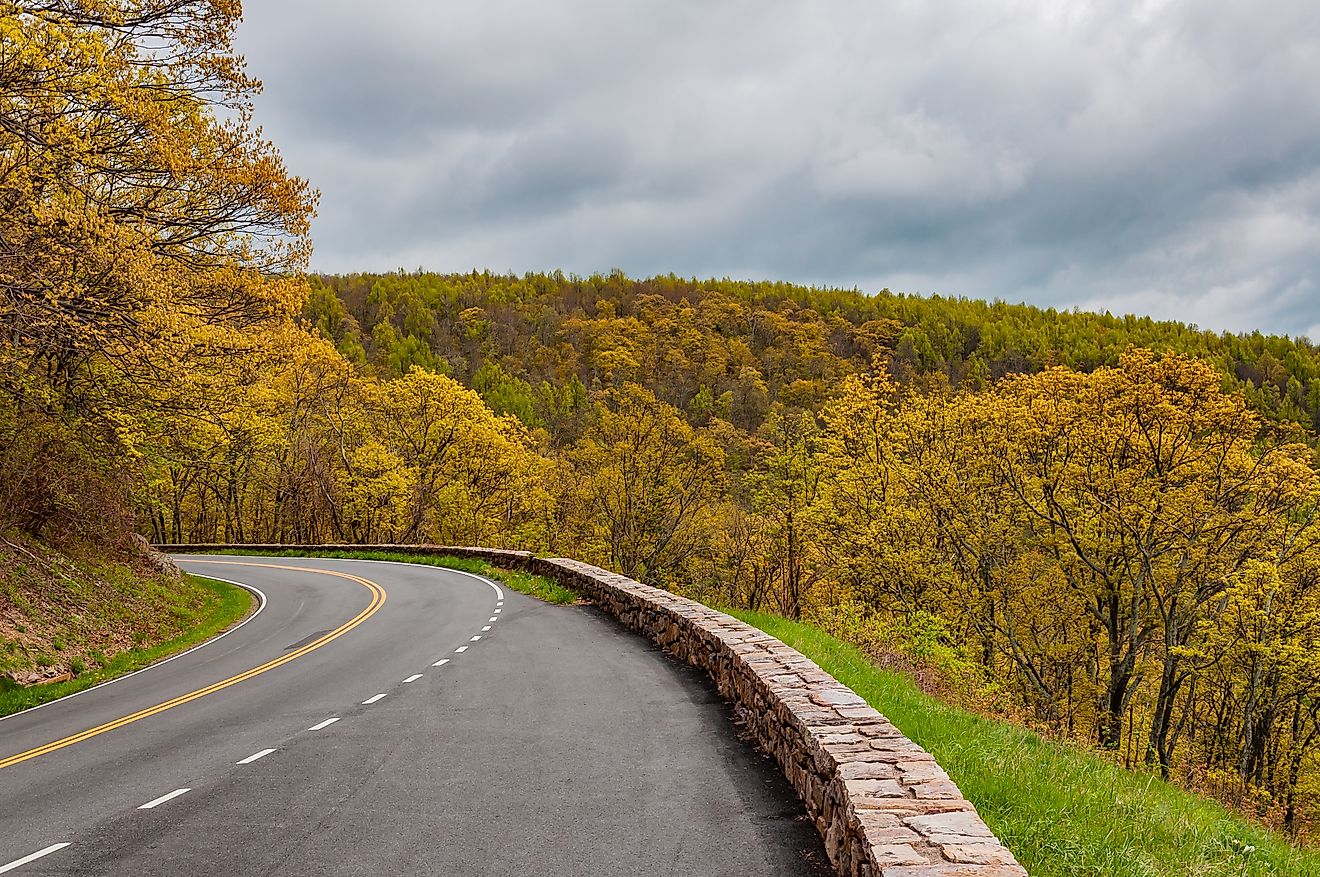Capulin Volcano National Monument - Unique Places in North America

The Capulin Volcano National Monument is a protected area situated in northeastern New Mexico. The area, which is under the protection of America’s National Park Service, is famed for being the home of the Capulin Volcano, a young but extinct volcano whose immense height contrasts the flat plains that surround the area. The Capulin Volcano National Monument encompasses an area of 1.2 square miles, comprised of the Capulin Volcano and its surrounding regions. The volcano, which is the monument’s most prominent feature, has an altitude of 8,182 feet above sea level, and a prominence of 1,300 feet. The volcano is relatively young, as it was formed at least 58,000 years ago, which is quite recent from a geological perspective. It was established by a presidential proclamation by President Woodrow Wilson on August 9th, 1916.
Tourism
The landscape within the Capulin Volcano National Monument is not only striking but also one of a kind. Few similar volcanoes of alike geological age have the near-perfect conical shape of the Capulin Volcano. Panoramic views from the top of the volcano are unmatched in beauty and awe. The pleasant weather of New Mexico makes the monument accessible throughout the year, and when combined with the region’s abundant wildlife, makes the Capulin Volcano National Monument a primary tourist magnet, with more than 46,000 tourists visiting each year.
Uniqueness
What makes the Capulin Volcano National Monument stand out is the prominence of the Capulin Mountain. The volcano towers 1,300 feet above the surrounding plains. Another unique feature of the Capulin Volcano National Monument is the abundant wildlife, relative to surrounding regions. The volcano is home to hundreds of different plant and animal species ranging from black bears and pine trees to bees. The volcano holds a special place for archeologists as it is among the most important archeological sites in the study of the ancient Folsom culture.
Habitat
While the Capulin Volcano National Monument is best known for its geology, the area is also home to a vibrant biosphere, teeming with numerous plant and animal species. Mule deer are endemic to the region and are found in large herds around the volcano’s base. The Mule deer is a favorite prey item to the area’s top predators, the mountain lion. Other carnivores found around the volcano are coyotes that prey on smaller mammals such as hare and young mule deer. Capulin Volcano National Monument is also home to a large number of birds, having an estimated 72 different bird species around the volcano. Pine and juniper trees are the most widespread in the forests surrounding the volcano. The chokecherry shrub is also found in large swaths of land around the volcano (the volcano gets its name from the chokecherry shrub, whose Spanish name is “Capulin.”
Threats
The recognition of the Capulin Volcano and the surrounding area as a national monument by the National Park Service in 1916 was the most significant step in the conservation of the region’s unique geology and wildlife. Before the designation of this area, the wildlife was under constant threat from poachers. The forests were not faring any better, especially with the rampant logging seen in the 19th century that nearly stripped the area off of its forest cover.











